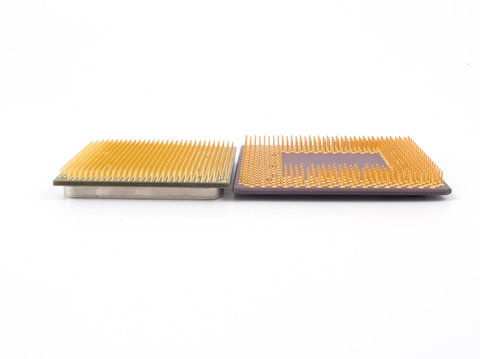Handling a Remote Network Upgrade
What do you do when it’s time to upgrade your company’s remote infrastructure? In many ways an upgrade that has remote network components to it is similar to a standard hardware upgrade, but there are a few extra considerations that you should keep in mind. When it comes time to do a large-scale overhaul of your existing remote network and move on to a new paradigm, use these tips as a guideline as to some of the things you should look at.

Wait for a Significant Leap
When preparing for an upgrade, the first thing you need to do is decide whether the upgrade is worth the investment cost. Mobile technology is constantly moving forward, and very few companies can realistically keep pace with the rapid advances made in remote networking. What you need to do before you make any sort of upgrade is to analyze the product you are going to move to. Read the company press releases and check out demos if possible. Usually, a company will highlight the key features that are changing, and you can make sure that those features match what you want. Unless your current technology just isn’t getting the job done, you can be careful when it comes to upgrading.
For Software, Examine Version Numbers
When new hardware comes out, it is usually a simple matter to examine the equipment’s specs and decide whether you need to move on an upgrade or not. Software can be more of a subtle issue, however. There are so many compatibility factors and security issues with virtual desktop software that you might be hesitant to make a move. How do you know when a piece of software represents a significant upgrade? One item you can do is look at the version numbers. Most software has a decimal in the version (such as Windows 8.0 and 8.1). The number after the decimal represents a small patch or minor change, while a whole new version is identified by an increase in the first number.
Check Compatibility
Whether you are upgrading hardware or software, you should make sure to check that the components you aren’t upgrading will remain usable with the new items you’re adding. Most software has a list of compatible hardware, so if you are replacing one you can check the other to make sure it runs smoothly. Don’t be afraid to go online and look at tech support forums for tips and tricks if needed. The good news about virtual desktop software is that it is almost always compatible with modern software and that once you have it working on one system it can effectively work on all connected systems. This is a great time saver and stress reducer when you’re dealing with a major upgrade.
Start with the Old and Move to the New
The old saying that the squeaky wheel gets the grease tends to be true in the world of IT. Whether it’s an employee asking for an upgrade or an obvious deficiency in a piece of hardware, the first impulse most people have is to replace the problem area first and move on to other items later. Usually, though, it’s worth taking a moment to look over the big picture and decide a starting point based on some analysis rather than a primary impulse. Do a quick audit of all your essential technology and decide what’s oldest, what products have received an upgrade since you first installed them, and what is working at its current version. Then go fr om old to new. This will keep things efficient for a longer time.
Notify your Employees of the Change
Too often a business makes a major change to network hardware or software without notifying employees that such a change has been made. This can lead to a lot of confusion and time lost. It’s important not only to notify people when the upgrade will occur, but also how it might affect them and wh ere they can receive training for the new items. It’s worth remembering that changes to a virtual environment aren’t always obvious. However, since an alteration to one remote desktop affects everybody who accesses it, there can be a domino effect if people aren’t properly informed. Most times, a virtual desktop change won’t have any major effects. It’s still worth notifying people, though.
One of the greatest advantages that a remote network has to offer is that you can perform updates quickly and without a lot of expense. As long as you follow the tips above in the planning phase, you can keep your network running smoothly without interruption.